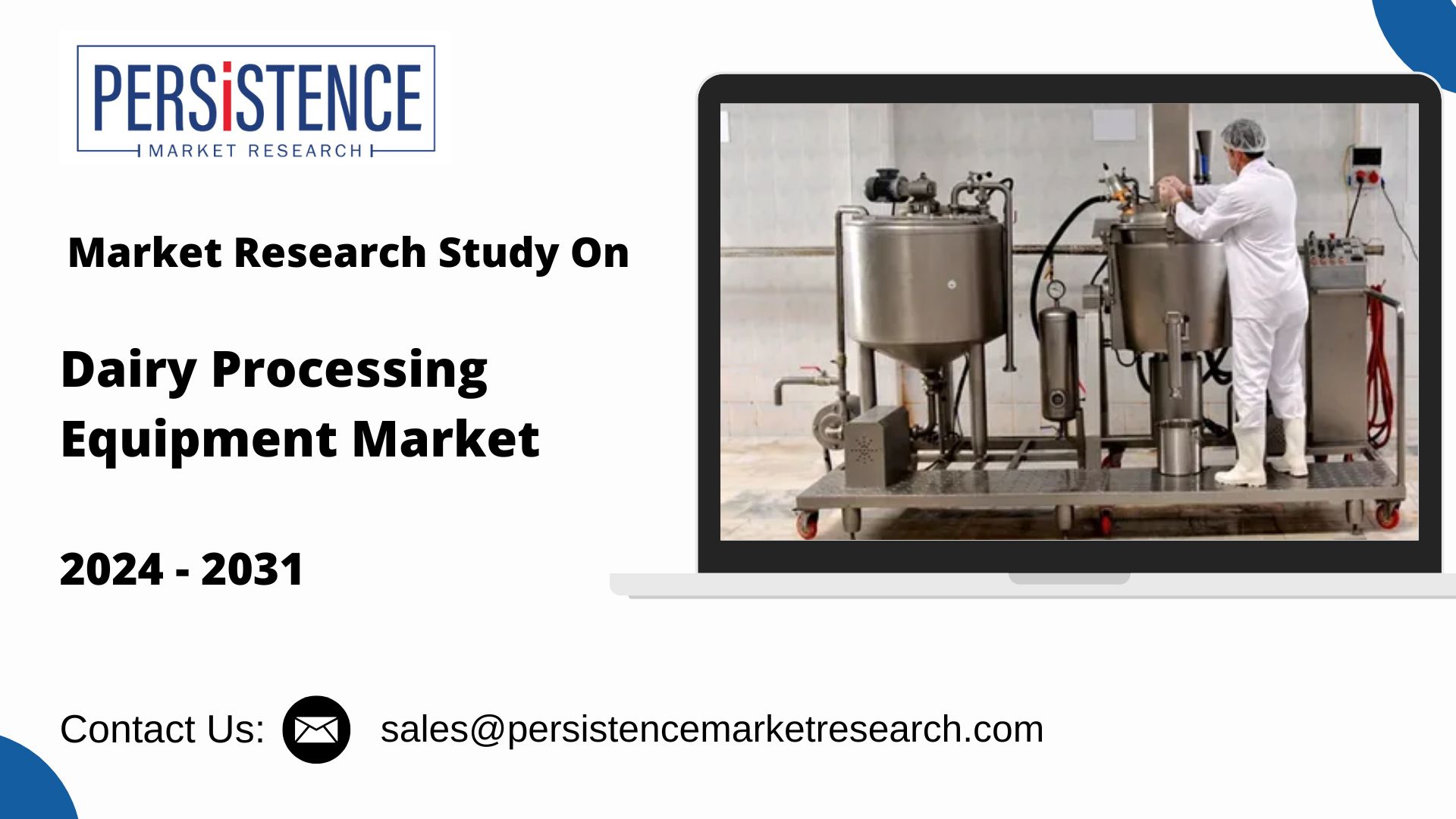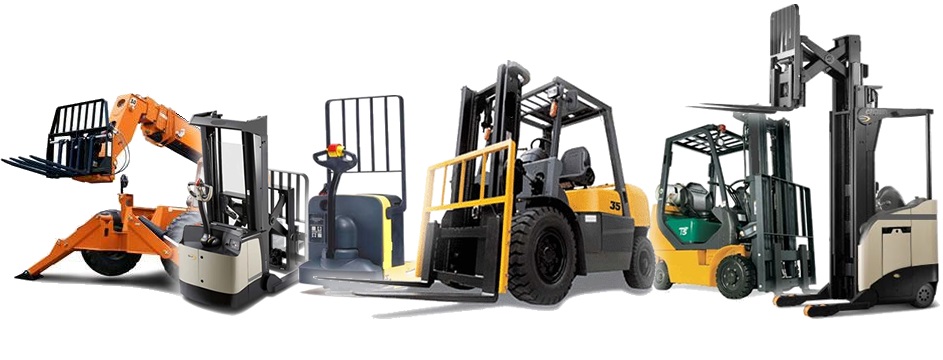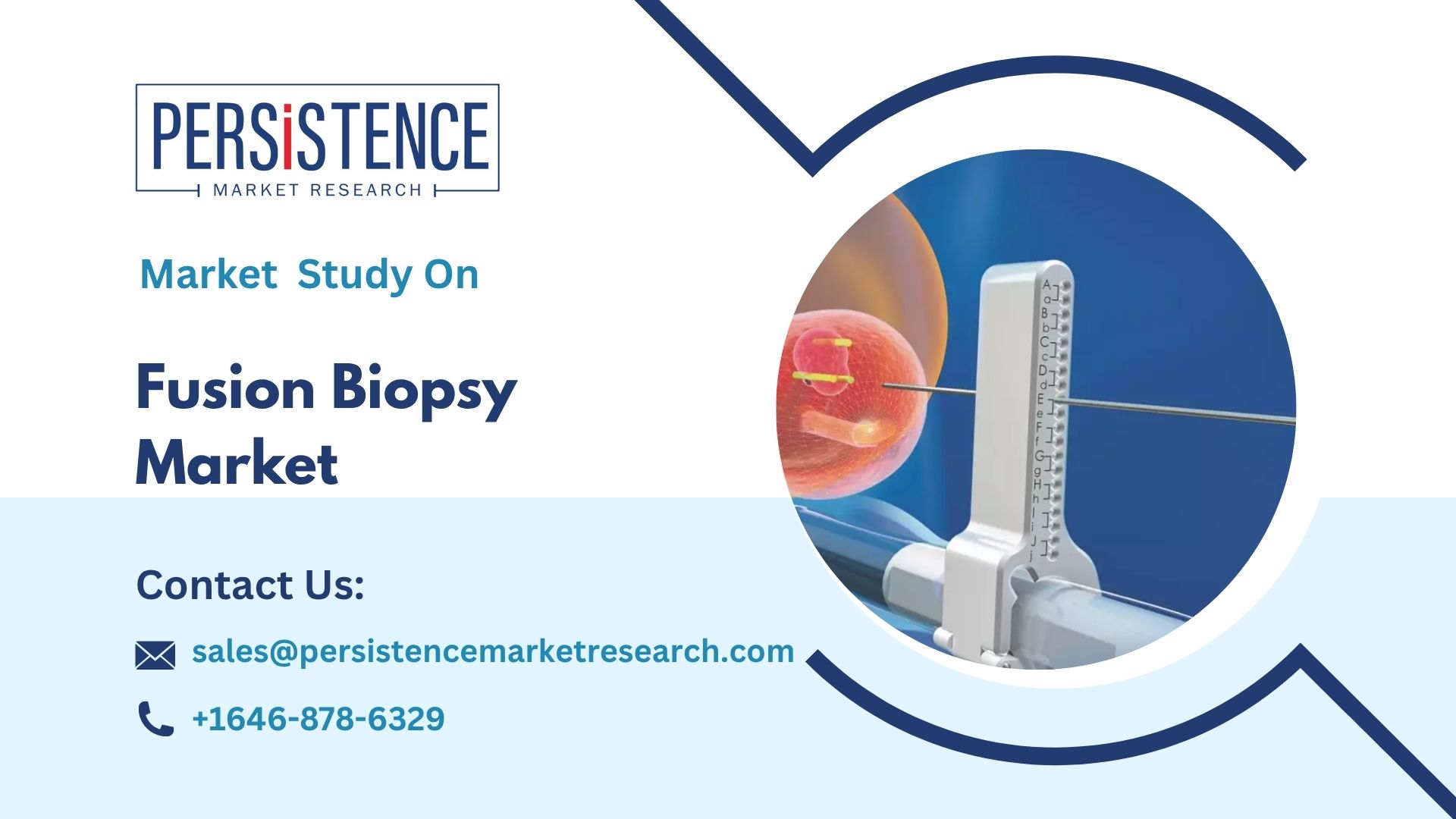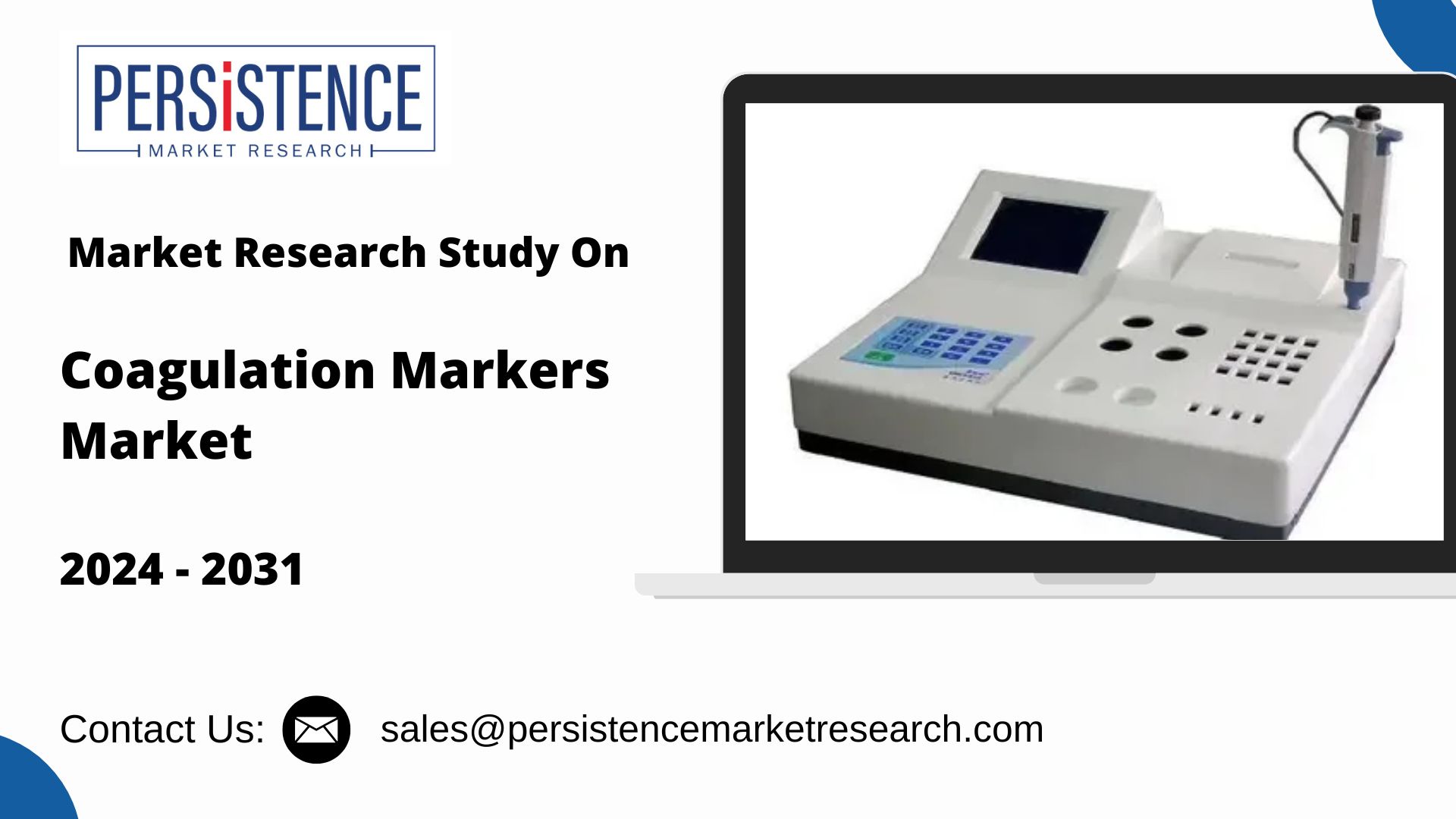Yogurt Processing Machines Transforming Dairy Production Efficiency

Strong 8k brings an ultra-HD IPTV experience to your living room and your pocket.
The global yogurt market is booming, driven by increasing consumer demand for healthy and nutritious dairy products. Yogurt is not only a popular snack but is also considered a versatile food, providing various health benefits such as improved digestion and immunity. With these rising demands, dairy producers are looking for ways to streamline production, improve product consistency, and enhance efficiency.
This is where yogurt processing machines come into play. These machines are pivotal in transforming yogurt production, enabling dairy processing equipment market to meet market demand, maintain quality, and optimize costs.
In this article, we will explore the different types of yogurt processing machines, how they contribute to dairy production efficiency, and the latest innovations in yogurt production technologies.
1. Milk Pasteurization Equipment: The First Step to Quality Yogurt
The yogurt-making process begins with milk pasteurization, which is essential for ensuring that the milk is free from harmful bacteria and pathogens, creating a safe base for yogurt production. Pasteurization is achieved through the controlled heating of milk, and specialized pasteurization equipment is used to maintain the proper temperature.
Batch Pasteurizers: These are the traditional machines used in small to medium-scale yogurt production. They work by heating the milk to the desired temperature (usually between 85°C and 90°C for yogurt) and maintaining it for a specified period to eliminate harmful microorganisms. Batch pasteurizers are cost-effective and easy to use for smaller yogurt production facilities.
Continuous Pasteurizers: In larger production plants, continuous pasteurizers are preferred due to their efficiency in handling large volumes of milk. These machines continuously process milk, heating it to the required temperature and then rapidly cooling it. Continuous pasteurizers reduce processing time and energy costs, making them ideal for high-volume yogurt manufacturers.
2. Homogenization Equipment: Achieving Smooth Consistency
Homogenization is another critical process in yogurt production. It involves breaking down the fat molecules in milk to ensure a smooth, creamy texture and prevent the separation of milk solids and liquids. This step is particularly important for yogurt, as it ensures that the final product is smooth, uniform, and visually appealing.
Homogenizers: Homogenizing machines work by forcing milk through small nozzles at high pressure, breaking the fat molecules into smaller, more evenly distributed particles. This results in a consistent texture and prevents the formation of an unpleasant fat layer on top of the yogurt. Homogenizers are essential for creating high-quality, commercial yogurt.
3. Fermentation Tanks: The Heart of Yogurt Production
After pasteurization and homogenization, the next key step is fermentation, where the milk is converted into yogurt by the action of beneficial bacteria (typically Lactobacillus bulgaricus and Streptococcus thermophilus). Fermentation tanks are essential in providing the optimal environment for this transformation.
Fermentation Vats: Fermentation tanks are designed to maintain a controlled temperature range and allow the bacteria to ferment the milk efficiently. These tanks can be either batch or continuous, depending on the scale of production. For small batches, batch fermentation tanks are commonly used, where milk is added, and cultures are introduced to initiate fermentation. For larger-scale operations, continuous fermentation tanks are more common, providing automated control over temperature and timing.
Temperature Control Systems: Maintaining the correct temperature during fermentation is critical for achieving the desired texture and flavor. Modern fermentation tanks are equipped with temperature control systems that ensure the milk is kept at a constant temperature of around 40°C to 45°C, which is optimal for the bacterial cultures to thrive.
4. Stirring and Cooling Equipment: Ensuring Consistency and Texture
Once the fermentation process is complete, the yogurt mixture needs to be stirred to achieve the desired texture and consistency. It must also be cooled down to prevent over-fermentation and to stabilize the final product.
Stirring Machines: Stirring equipment ensures that the yogurt is evenly mixed, breaking up any large clumps and promoting a smooth texture. In some cases, stirring may also incorporate additional ingredients such as fruit, sweeteners, or flavorings into the yogurt before it is packaged.
Cooling Systems: After fermentation and stirring, yogurt must be rapidly cooled to around 5°C for storage and distribution. Cooling machines are equipped with heat exchangers that efficiently lower the temperature, preventing further bacterial activity and maintaining product quality.
5. Flavoring and Adding Fruit: Enhancing Yogurt Varieties
Many yogurt products on the market today come in a variety of flavors, ranging from fruit-flavored to savory options. To cater to consumer preferences, producers must add fruit, sweeteners, and other flavorings in a controlled manner.
Flavoring Systems: Flavoring machines allow for the precise addition of fruit, flavors, and sugar to the yogurt base. These machines ensure that each batch has the same level of flavor and consistency. In-line flavoring systems are often used for the precise addition of fruit puree or other flavoring agents during the mixing process.
Fruit Filling Systems: For fruit-flavored yogurts, manufacturers use fruit filling machines to add fruit into the yogurt. These systems can add whole fruit, fruit chunks, or purees to yogurt, ensuring that each container is uniformly filled.
6. Packaging Machines: Ensuring Freshness and Hygiene
Packaging is an essential part of yogurt production, as it preserves the product's freshness and protects it from contamination. The choice of packaging plays a key role in the shelf life and visual appeal of the final product.
Cup and Tub Filling Machines: Automatic filling machines are designed to fill yogurt into individual cups, tubs, or pouches. These machines are often equipped with automated lids or sealing mechanisms to ensure that the yogurt remains fresh during transport and storage.
Vacuum and Modified Atmosphere Packaging: Vacuum packaging and modified atmosphere packaging (MAP) are becoming increasingly popular in yogurt production. These methods remove excess air from the packaging and replace it with a controlled blend of gases to extend the shelf life of the yogurt, reducing spoilage and waste.
7. Automation and Quality Control Systems: Streamlining Production
Automation has become a key component of modern yogurt production, increasing the speed, accuracy, and consistency of the process. By integrating advanced automation and quality control systems, yogurt manufacturers can ensure the uniformity and quality of their products while reducing labor costs.
Automated Control Systems: These systems allow operators to monitor and adjust parameters such as temperature, fermentation time, pH levels, and ingredient ratios in real-time. This helps maintain consistency in yogurt production, reduces human error, and improves overall efficiency.
Quality Control Systems: Advanced quality control systems are integrated into yogurt production lines to ensure that the final product meets safety and quality standards. These systems often include automated checks for acidity, viscosity, texture, and microbiological quality, allowing for faster and more efficient quality assurance.
8. Sustainability and Energy Efficiency in Yogurt Processing
As environmental concerns grow, the dairy industry is increasingly focusing on sustainability. Modern yogurt processing machines are designed to reduce energy consumption, minimize waste, and use water efficiently.
Energy-Efficient Equipment: Energy-efficient machines are being developed to reduce the carbon footprint of yogurt production. These machines optimize energy usage during heating, cooling, and mixing processes, helping manufacturers lower their energy costs while contributing to environmental sustainability.
Water Recycling Systems: Many yogurt plants are implementing water recycling technologies to reduce water consumption in production. These systems treat and recycle water used during washing, pasteurization, and cooling processes, ensuring that production is more sustainable.
Conclusion
Yogurt processing machines have significantly transformed the dairy industry by improving the efficiency, consistency, and quality of yogurt production. From pasteurization and fermentation to packaging and quality control, these machines enable producers to meet increasing demand while optimizing costs and maintaining high-quality standards. As yogurt continues to be a favored choice for consumers seeking healthy and nutritious snacks, technological advancements in processing equipment will remain crucial in helping manufacturers stay competitive and sustainable. With innovations in automation, energy efficiency, and sustainability, yogurt production is poised for even greater transformations in the future.
Note: IndiBlogHub features both user-submitted and editorial content. We do not verify third-party contributions. Read our Disclaimer and Privacy Policyfor details.







